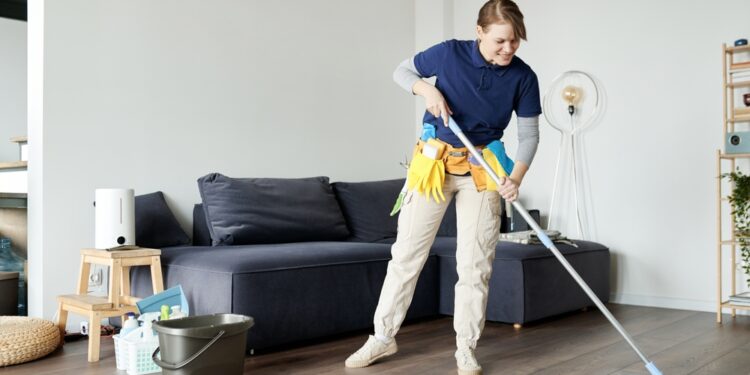While you may be fully fit and agile, a member of your household, or a regular visitor, could experience mobility challenges.
Creating a home that is easy to navigate around provides relief for anyone who requires mobility assistance. It also fosters a warm and welcoming environment.
Ready to help loved ones who struggle with mobility issues move around independently? Read on for our list of tips on how to make your home more accessible.
Swap Stairs for Ramps
If you have outdoor stairs that lead up to the front or back of your house, replacing them with a ramp can offer independence to anyone with special mobility requirements. Whether they are walking up it carefully with a stick, or using a mobility scooter, providing them with a ramp is massively beneficial.
This makes getting in and out of the house easier, allowing for more frequent trips out and giving people the opportunity to spend time in the garden, without having to face a huge obstacle.
Install Reliable Handrails
If you have a weak bannister, it is important that you replace it to ensure safety for anyone with mobility issues.
You can even make your own using durable timber, such as hardwood.
A solid handrail means that people with injuries or mobility difficulties can stabilise themselves when moving around and generally just ensures increased security for everyone in the house.
If you are building your own handrail, there are a few things to be mindful of:
- The standard handrail height ranges from 35-39 inches from the pitchline of the surface of the stairs.
- It should cover the entire length of the stairs and extend past both ends for added safety.
- Keep at least 1.5 inches between the wall and the handrail.
- Sanding helps avoid splinters.
Fit High-Performing Flooring
Make sure to fit premium flooring materials that look appealing, but are also durable and safe to walk on.
Source flooring with anti-slip properties that can handle high volumes of foot and mobility vehicle traffic. This will help create a safe space for people to move around safely.
Finding materials that are easier to maintain will enhance overall safety.
During installation, ensure a smooth and even surface that is functional for anyone using mobility equipment.
If you’re planning on doing some DIY, there are a few things to be mindful of:
- Certain types of flooring need to acclimatise for around 48 hours in the room prior to installation to adjust to the temperature.
- Before starting, remove the old flooring, as well as any nails or debris.
- Ensure that the subfloor is stable.
Increase the Width of Hallways and Doors
If a person in your household or a regular visitor uses mobility vehicles, it may be difficult for them to move around your house.
Narrow hallways and doorways are not accommodating of these vehicles.
In order to create a welcoming and comfortable space for those who need it, increase the width of both hallways and doors.
Electric wheelchairs and mobility scooters typically need a gap of at least 850mm for them to be able to seamlessly move through.
Conclusion
Everyday tasks can be challenging for those who have specific mobility needs, and it’s important to create a space that is comfortable so that they can move around independently.
There are various ways that you can make your house more accessible, but we’ve compiled a list of some of the most important.
Implement these methods to help your loved ones who experience mobility difficulties.












